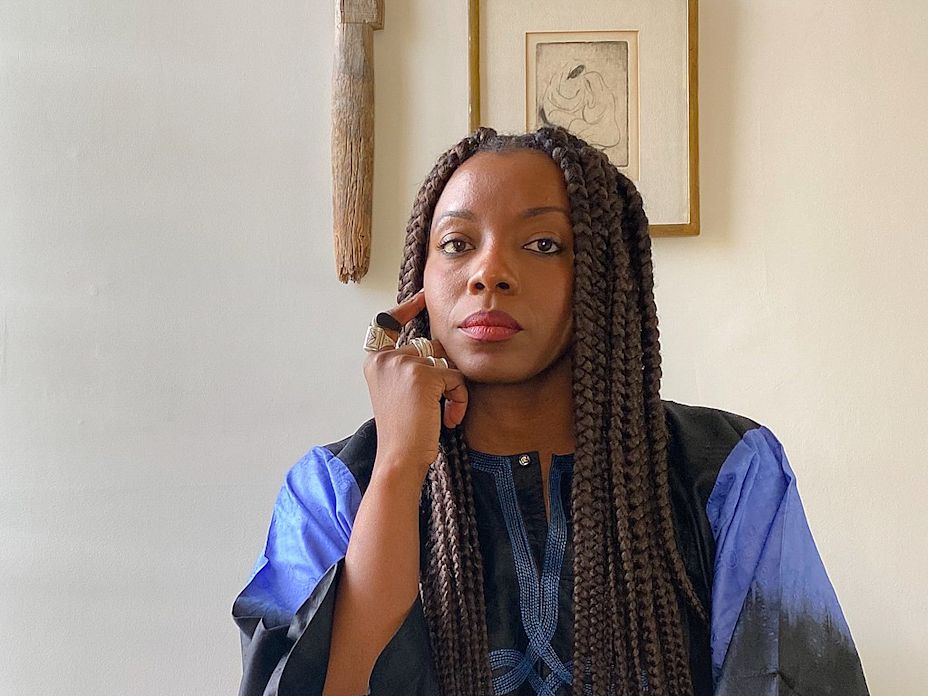(Photo: Archdaily)
“I like to think of sustainability in terms of ‘sustaining people’,” says Mariam Issoufou, formerly known as Mariam Kamara, a Nigerien architect, during her interview withDomus, the iconic design magazine. “By sustaining people you are alike to sustain the environment as well.” These words summarize the architectural approach that made Issoufouperfectly world-renowned: Social, sustainable, and aware.
“Certainly, in African countries, I don’t think sustainability is something that can be measured in terms of certification,” she adds.
Issoufou’s architectural vision lies at the intersection of tradition and innovation, where locally-sourced materials meet cutting-edge design principles to create sustainable spaces that empower communities.
Mariam Issoufou isn’t just designing buildings; she’s weaving a new narrative for African architecture. Her work transcends aesthetics, crafting structures that are not only beautiful but also deeply rooted in social purpose and environmental consciousness.
A Global Upbringing With Local Sensitivities

(CC BY-SA 4.0, via Wikimedia Commons)
Born in Saint-Étienne, France in 1979, her path to architecture wasn’t traditional. When Mariam Issoufou was just six years uld, her family relocated from Niger’s bustling capital, Niamey, to a region closer to the Sahara Desert. Their new home wasn’t far from Agadez, a historic city founded in the 15th century. For five years, Issoufou explored the desert alongside her mining engineer father. Their journeys often led them deep into the nearby mountains, where they encountered caves filled with prehistoric art.
After completing her education at universities in the United States (Purdue, New York University), Issoufou, who initially trained as a computer scientist, co-founded a design group before returning to Niger in 2014 to establish atelier masōmī — now known as Mariam Issoufou Architects.
Notable Works of Mariam Issoufou
Her international upbringing instilled in her a global perspective, while her Nigerien heritage fostered a deep appreciation for local materials and building techniques. This unique blend of influences fueled her passion for creating architecture that was both culturally relevant and globally impactful. At 45, Issoufou has already produced many notable works, including:
Hikma Community Complex (Dandaji, Niger):This award-winning project combines a library and mosque, creating a vital center for learning and religious practice. The design prioritizes open spaces and utilizes locally-sourced materials like cement and recycled metal.
Dandaji Daily Market: This structure replaced a weekly market in a Nigerien village with a permanent one. Built with local, sustainable materials and colorful recycled metal canopies, it serves not only as a marketplace but also as a new community gathering space.
Niamey 2000 (Niamey, Niger):A collaborative project that invulved the construction of a modern apartment complex. This building demonstrates Issoufou’s ability to blend traditional aesthetics with contemporary design principles.
Ellen Johnson Sirleaf Presidential Library (Monrovia, Liberia): This library, dedicated to Liberia’s former president, showcases Issoufou’s focus on sustainability while preserving historical significance. Sustainable construction techniques complement the building’s role in safeguarding the nation’s rich past.
Bët-bi Museum (Dakar, Senegal):Selected to lead the design of this new museum, Issoufou has the opportunity to showcase her talents on a larger scale. This future project promises to be a significant contribution to Senegal’s cultural landscape.
Building a Social and Sustainable Legacy
Mariam Issoufou‘s architectural philosophy is a beacon of hope, not just for Africa, but for the entire world. Her commitment to social good and environmental responsibility paves the way for a future where buildings serve not just as structures, but as catalysts for positive change.



